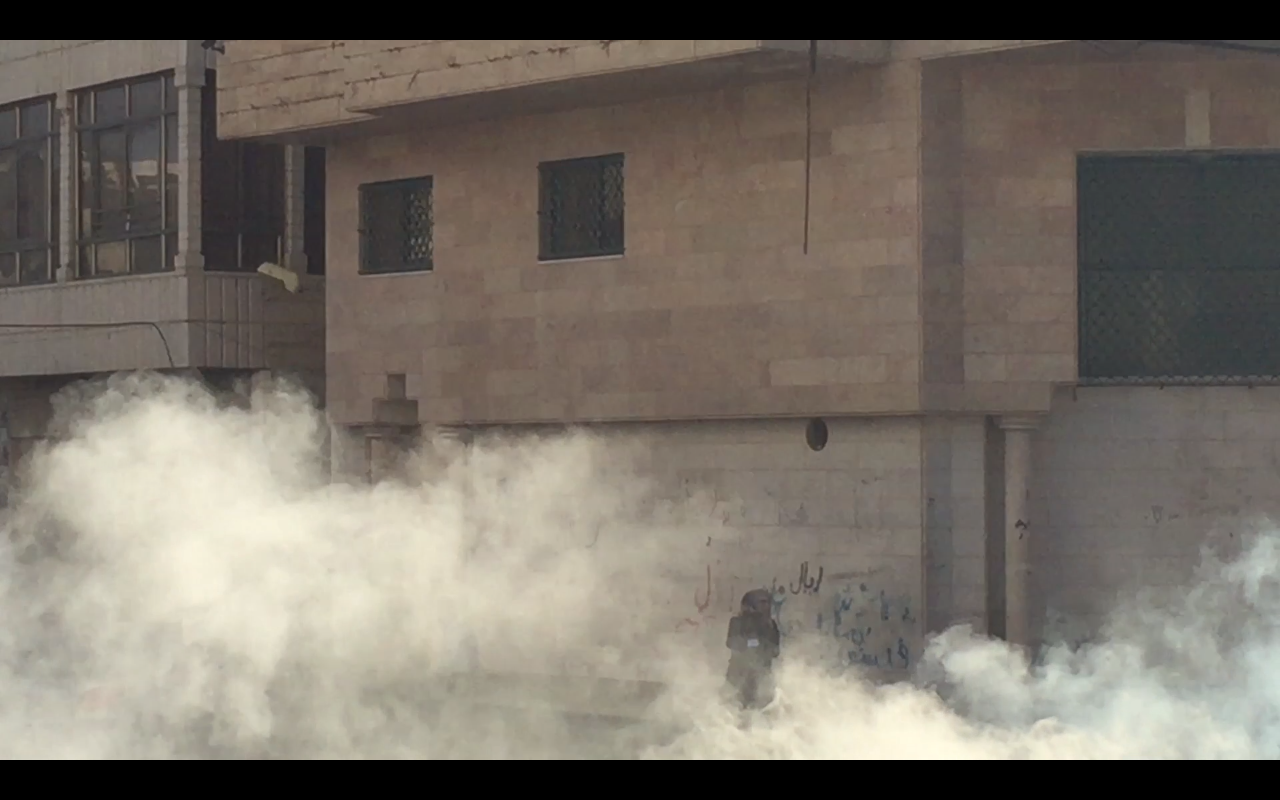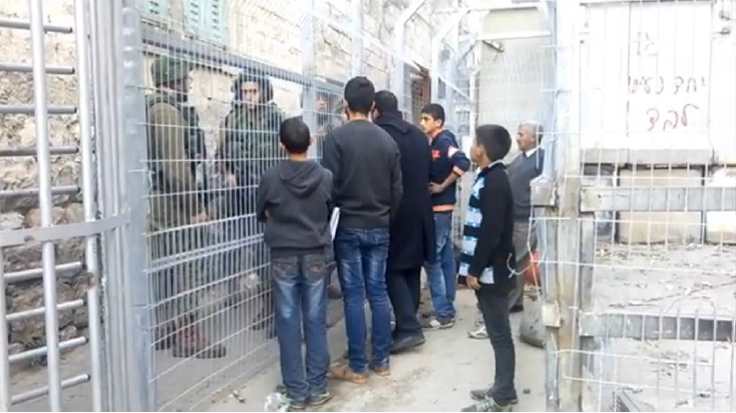Category: Reports
-
VIDEO: “They look like they’re in a war zone, but what they’re aiming at is five-year-olds”
31st December | International Solidarity Movement, Khalil team | Hebron, Occupied Palestine By 10:30 am on Tuesday morning of December 30, Palestinian children attending school near Qeitun checkpoint in al-Khalil (Hebron) had endured over forty tear gas canisters, multiple rounds of rubber coated steel bullets and stun grenades, and the arrest of a twelve-year-old boy. Israeli forces fired down the road…
-
VIDEO: Israeli soldiers close key checkpoint in Hebron
31st December | International Solidarity Movement, Khalil team | Hebron, Occupied Palestine At approximately 14:30 yesterday afternoon, ISM activists approaching Checkpoint 56 from both directions found that it was closed and Palestinians were stuck on either side. Israeli soldiers gave conflicting excuses for closing the checkpoint, none of which were supported by any apparent evidence. On the H2 (Israeli controlled) side…
-
Palestinian bystander shot dead during nightly Israel army arrest raid
18th December 2014 | International Solidarity Movement, Ramallah team | Qalandiya, Occupied Palestine The Israeli army shot dead a young Palestinian man in Qalandiya refugee camp. The army invaded the camp at around 3:00 am on the 16th of December with the aim of making arrests. The young people of the camp came out to…



